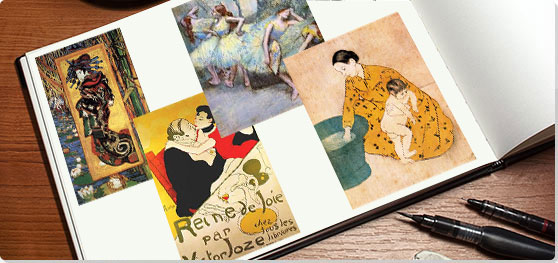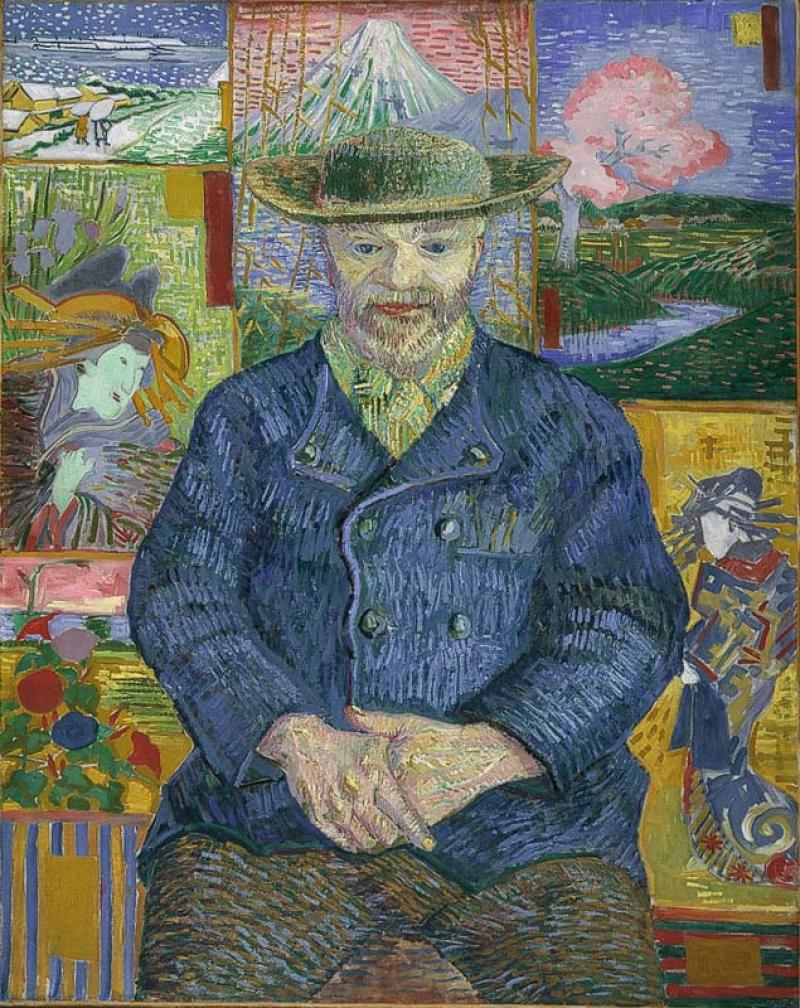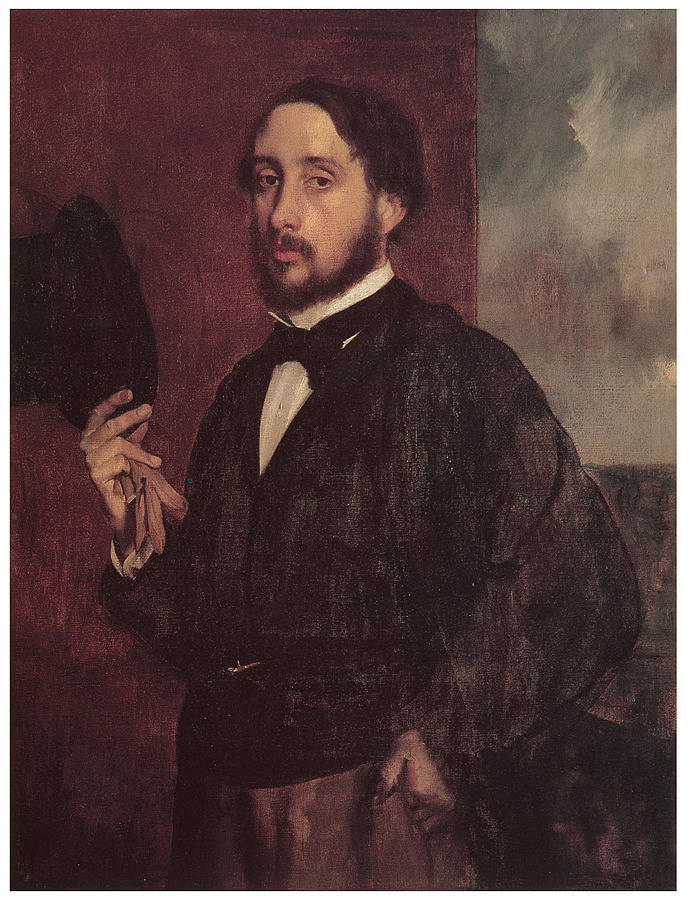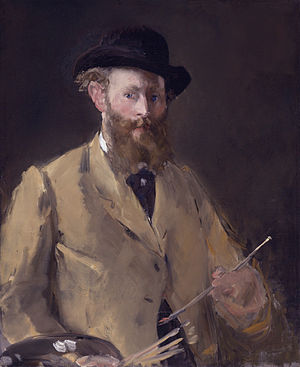For survey 3, I decided a good focus for me and my team would be the daily lives of the people affected by the witch hunts of the 1500’s. We came to the agreement that this would be an interesting thing to touch upon in this era. All in all, I believe the overall design of the spread would be a 7/10. This is because during the group critiques, a common thing that people were saying was that the colours weren’t used strong enough. The colours on my spread were to lighthearted for the subject matter that I was going over in this spread.The design of the spread was split and focused on two of the ways that witches were killed during this time. These two methods being the infamous swimming test which was short lived, as well as burning which was quite the popular method for Germany. For the two sides I also tried to incorporate how gruesome the corpses would have looked, as well as how it would have looked to anyone from the other point of view. The middle of the spread is used as common ground for the whole spread. The books were the driving force of the witch hunts, so it was the centrepiece of the spread. Behind it lays the pentagram which was typically the main symbol when associating witches with Satan.
Month: November 2019
Survey 5- Key Japonism Dudes

This survey, we are taking it back to Japan. Now, during this era, one of the biggest movements to come along was Japonism. The spread of Japonism gave the artists of the era a new perspective to look at the world from. Before the spread of Japonism, the only real way of looking at the world was from the point of view of the western Renaissance.

Artists were attracted to the vivid colours, and the different perspectives of the Ukiyo-e woodblock prints. These aspects along with how unconventional, minimal, and yet realistic the prints were caused western artists to explore new ways of illustrating. These experiments led to new ideas within the realm of perspective. Some key artists that Japonism had influenced were Edouard Manet, Vincent Van Gogh, James Whistler, Edgar Degas, Paul Gauguin, and Mary Cassatt. However I would like to focus on three artists this post, these artists being Van Gogh, Manet, and Degas.

Each one of these artists had a distinct style after being exposed to Japonism. Some traits that they have taken would be the flatter colours, strong colours, unusual spacing, everyday objects, detail from nature, exotic and beautiful atmosphere, the flat backgrounds or lack of depth, and the use of some more interpretive brush strokes. In Van Gogh’s life, he wasn’t very interested at first. However he came around to it later on and began collecting the prints. As he collected Van Gogh began to see the effects and techniques of the illustrations, these would be traits that he later took into his own paintings. Soon enough, Van Gogh had his flat colours and swirled brush stroke style. Degas’s inspiration took on some other aspects. His inspiration being the candid scenes, bare lighting or muted colours, intimate moments, and asymmetrical compositions, These can all be clearly seen when observing the work of Degas. Since Degas was also an impressionist, he wanted to capture moments in time. Therefore once photography was introduced, Degas’s works had his main inspirations for his style set. Lastly, for Manet, his work really grew beside Japonism. He was named the main draw for the modernist movement. For Manet the reason his works grew to be more well known was due to Japonism giving the west a new thing to accept. Therefore Manet was more so able to integrate the new style into his works as well. The main one being his new odd light source.

Sources:
- https://www.theartstory.org/movement/japonism/
- https://www.vangoghmuseum.nl/en/stories/inspiration-from-japan?v=1#5
- https://michelinewalker.com/2013/07/08/manet-japonisme-and-modernism/
- http://covenantarthistory.blogspot.com/2016/04/degas-and-influence-of-japonisme.html
- https://www.theartstory.org/artist/manet-edouard/